Want to add a hotel stay or change your flights?
Just call our team of cruise specialists to help build your dream cruise holiday today!
Prices based on 2 people sharing. Cruise only price does not include flights. Fly-cruise price may vary by chosen UK airport.
(Prices correct as of today’s date, are updated daily, are subject to change and represent genuine availability at time of update).
Cruise only holidays are financially protected by ABTA. Fly cruise holidays are financially protected by Explora Journeys under ATOL number
Please click here to check the essential travel requirements before booking this cruise.
Itinerary
Fusina
Fusina
Rovinj
Dubrovnik
Brindisi
Kotor
At Sea
Santorini
Piraeus
What's Included with
Explora Journeys
Explore Explora II









Anthology
A Gastronomic Adventure
As our signature fine-dining experience, Anthology elevates Italian cuisine, offering an unparalleled gastronomic adventure.
On the menu, created by our esteemed Head of Culinary, Franck Garanger, each dish is a celebration of Italy’s finest regional ingredients and flavours.
From the renowned flavours of Piedmont’s truffle-rich countryside in the North, to the famed specialities of Italy’s South, each plate celebrates the local produce and time-honoured techniques of every region in Italy.
The menu is an ingenious display of creativity – a vibrant tapestry of regional flavours and authentic ingredients which invites guests to immerse themselves in the different styles and tastes of Italy’s universally loved cuisine.
Contemporary, Refined Elegance
With the opportunity to dine outdoors, Anthology offers an intimate yet elevated dining atmosphere with flawless, attentive service.
- Indoor seating: 48
- Outdoor seating: 22
- Open for dinner
- Reservations recommended
- An Exclusive Experience Fee Applies
- Located on Deck 5

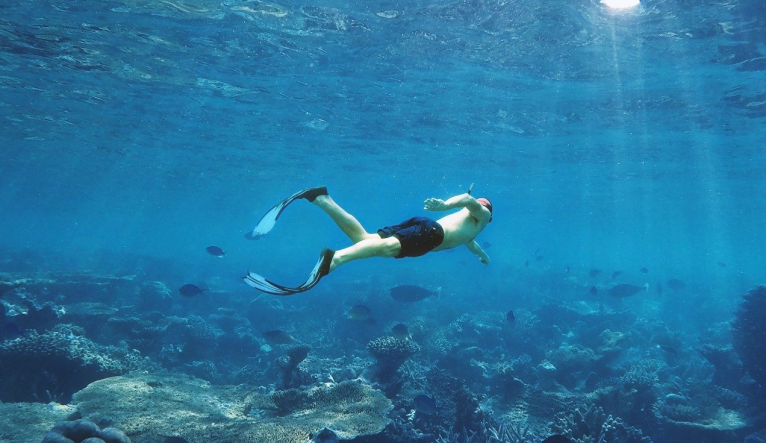







Enchanting Explorations
The Enchanting Explorations are the definition of distinction for bespoke groups seeking peerless experiences.
Meticulously designed to usher in next-level exclusivity for small, agile groups seeking peerless experiences, and to witness moments that are off limits to most. You may find yourself in a silent Sistine Chapel after it closes to the public. Perhaps you will sail along the coastline of enchanting Mykonos on a relaxing and captivating catamaran cruise of the south coast, home to some of the island’s best beaches. Or indulge in top-line dinner reservations to a restaurant with a 2-year wait list.


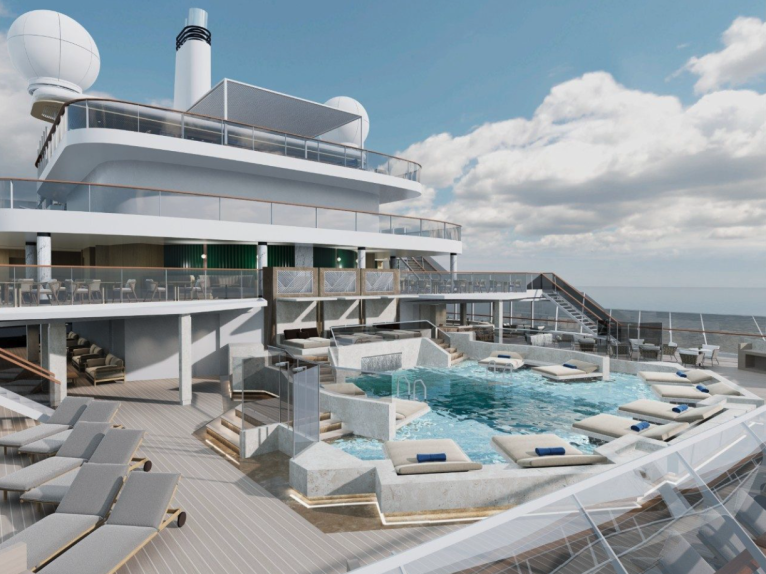












Journeys Lounge
Mixology, enrichment and entertainment continuously evolving throughout the day.
The most spacious onboard lounge features mixology specialists, enrichment activities and cabaret-style entertainment daily. This venue is designed to continuously evolve and transform throughout the day along with the ocean journey.
- Indoor seating: 210
- Located on Deck 4

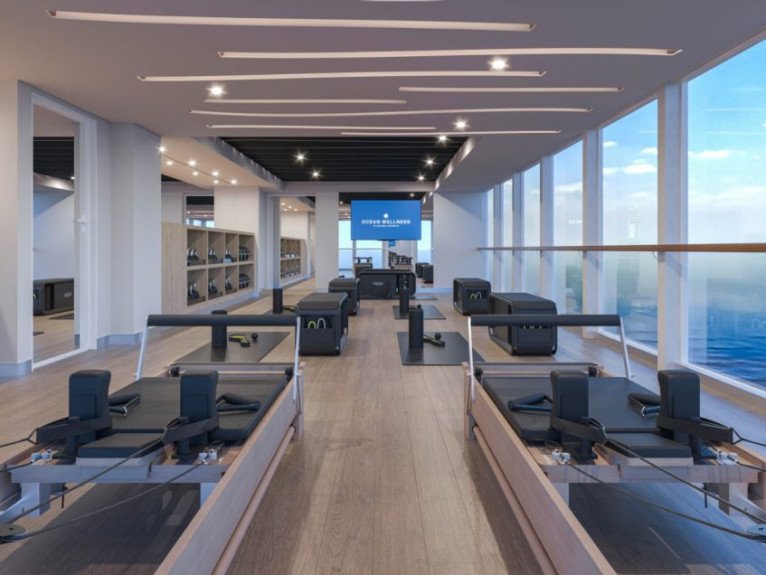






Ocean Wellness The Spa
A calming space designed to reconnect guests to themselves – influenced at every level by the calming presence of the ocean.
The spa is where the pressures of daily life dissipate to insignificance amidst a sensory journey to the Ocean State of Mind.
Facilities
- Steam Room
- Steam shower (in private spa suites)
- Hydrotherapy pool
- Finnish sauna
- Salt cave
- Experience shower
- Ice fall
- Heated marble loungers
- Relaxation room
* Spa treatments, including massages and facials, require a minimum age of 12 years old, with parental supervision. Access to our Wellness Area and thermal facilities is reserved for our guests aged 16 years old and above.
11 Treatment Rooms in total of which
- 2 Private Spa Suites with a dedicated outdoor relaxation area
- 1 Double treatment room
- 7 single treatment rooms
- 1 single treatment room for specialised skin treatments - the Medi Luxe Treatments by Dr Levy Switzerland
- Outdoor relaxation area
* Spa treatments cannot be booked until 60 days prior to the journey.
The Spa Facilities:
- Steam Room - A regenerating oasis of psycho-physical wellbeing. Air, steam, and scented fragrances combine and gently rest on the skin, making natural exfoliation easier and increasing perspiration.
- Experience Shower - A multi-sensory journey, the warm shower is complete with fragrances and soft colour lights, offering moments of utmost pleasure – either at the beginning or at the end of the day.
- Hydrotherapy Pool - Designed to create moments of authentic psycho-physical regeneration.
- Finnish Sauna - The ideal space to unwind, reduce stress, strengthen airways, relax your muscles, and oxygenate your tissues.
- Salt Cave - Walls are covered in Himalayan salt bricks, allowing guests to inhale Himalayan salt-infused air, which releases negative ions into the air.
- Steam Shower - A shower that combines the relaxing heat of the steam and the regenerating freshness of water. (* Available within private Spa suites)
- Ice Fall - The Ice Fall regenerates the body after intense heat exposure in the Finnish Sauna or Steam Room.
- Heated Marble Loungers - Equipped with an infrared system that radiates the heat on the whole stone surface.
Deck 14

Sports Court
- Whirlpool
- Panorama Lounge
- Sky Bar On 14
Deck 12

Helios Pool & Lounge (Adults Only)
- Running Track
- Whirlpools
- Lift
Deck 11

Explora Lounge
- Private Dining Room
- Malt Whiskey Bar
- Chef's Kitchen
- Children & Teens Area
- The Conservatory Pool & Bar
- Indoor Whirlpool
- Gelateria & Creperie
- Emporium Marketplace Restaurant
- Emporium Marketplace Restaurant Outdoor Seating
- Lift
Deck 10

Ocean Wellness Fitness Centre
- Atoll Pool & Bar
- Upper Aft Pool & Lounge
- Grand Penthouse
- Deluxe Penthouse
- Cove Residence
- Premier Penthouse
- Ocean Terrace Suite
- Lift
Deck 9

- Retreat Residence
- Ocean Terrace Suite
- Cove Residence
- Grand Penthouse
- Premier Penthouse
- Deluxe Penthouse
- Penthouse
- Serenity Residence
- Lift
Deck 8

- Owner's Residence
- Retreat Residence
- Ocean Terrace Suite
- Penthouse
- Premier Penthouse
- Grand Penthouse
- Cove Residence
- Lift
Deck 7

- Retreat Residence
- Ocean Grand Terrace Suite
- Ocean Terrace Suite
- Grand Penthouse
- Cove Residence
- Deluxe Penthouse
- Penthouse
- Serenity Residence
- Lift
Deck 6

- Cocoon Residence
- Penthouse
- Deluxe Penthouse
- Ocean Grand Terrace Suite
- Ocean Terrace Suite
- Grand Penthouse
- Cove Residence
- Lift
Deck 5

Ocean Wellness The Spa
- Future Journeys Ambassadors
- Anthology Restaurant
- Crema Café
- Marble & Co. Grill Restaurant
- Galleria D'Arte
- MSC Foundation
- Astern Lounge
- Sakura Restaurant
- Astern Pool & Bar
- Lift
Deck 4

Journeys Lounge
- The Casino
- Guest Services
- Destination Experiences
- Shops
- Lobby & Lobby Bar
- Med Yacht Club Restaurant
- Fil Rouge Restaurant
- Lift
Deck 3

- Medical Centre
- Marina Lounge
- Marina Deck
Explora II Cabins & Suites











Owner's Residence
Other dates available
18 May 2026
Explora Journeys
A Journey to Adriatic Wonders & Whispered Ancient Secrets
from £3391pp
08 Jun 2026
Explora Journeys
A Journey to Adriatic Wonders & Whispered Ancient Secrets
from £3610pp
20 Jul 2026
Explora Journeys
A Journey to Adriatic Wonders & Whispered Ancient Secrets
from £3177pp
21 Sep 2026
Explora Journeys
A Journey to Adriatic Wonders & Whispered Ancient Secrets
from £3610pp
12 Oct 2026
Explora Journeys
A Journey to Adriatic Wonders & Whispered Ancient Secrets
from £3391pp
Meet Our Luxury Cruise Concierge
Our luxury cruise concierge have been on board a vast array of the finest ships at sea and are always happy to share their first-hand experiences to help curate your dream ultra-luxury voyage. From advising you on the best cruise lines and ships to helping you select from a variety of phenomenal destinations and itineraries, your dedicated concierge is on hand to ensure booking your next cruise is as seamless, smooth and tailored to you as possible.


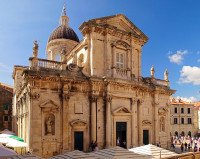
































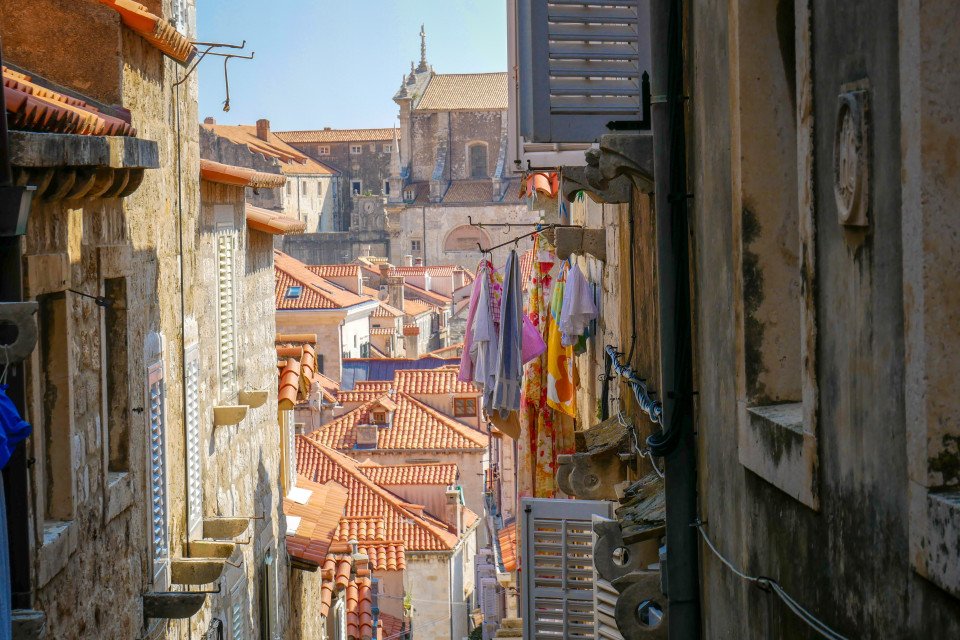
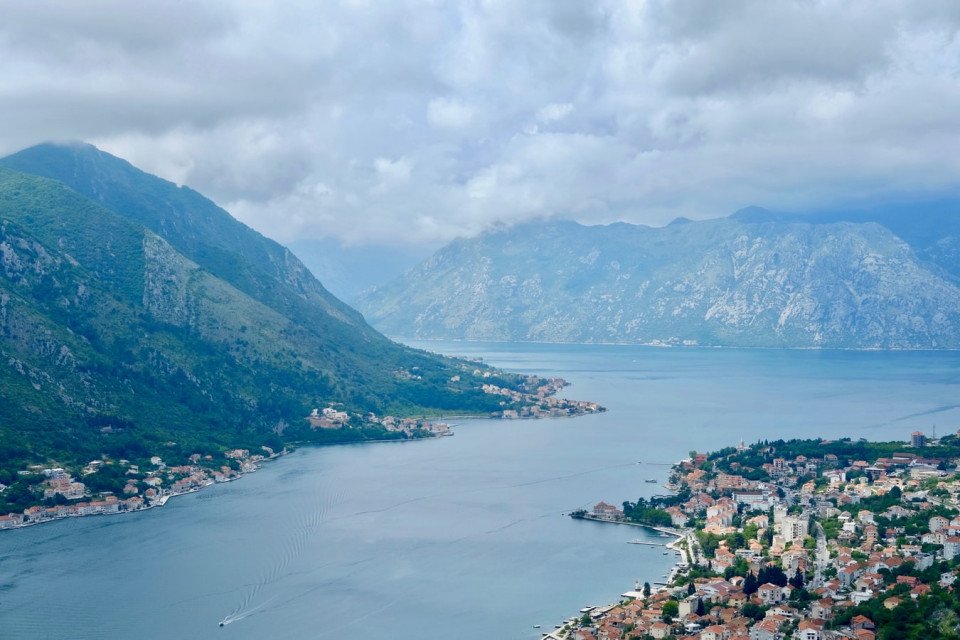














-large_thumb.jpg)





-large_thumb.jpg)